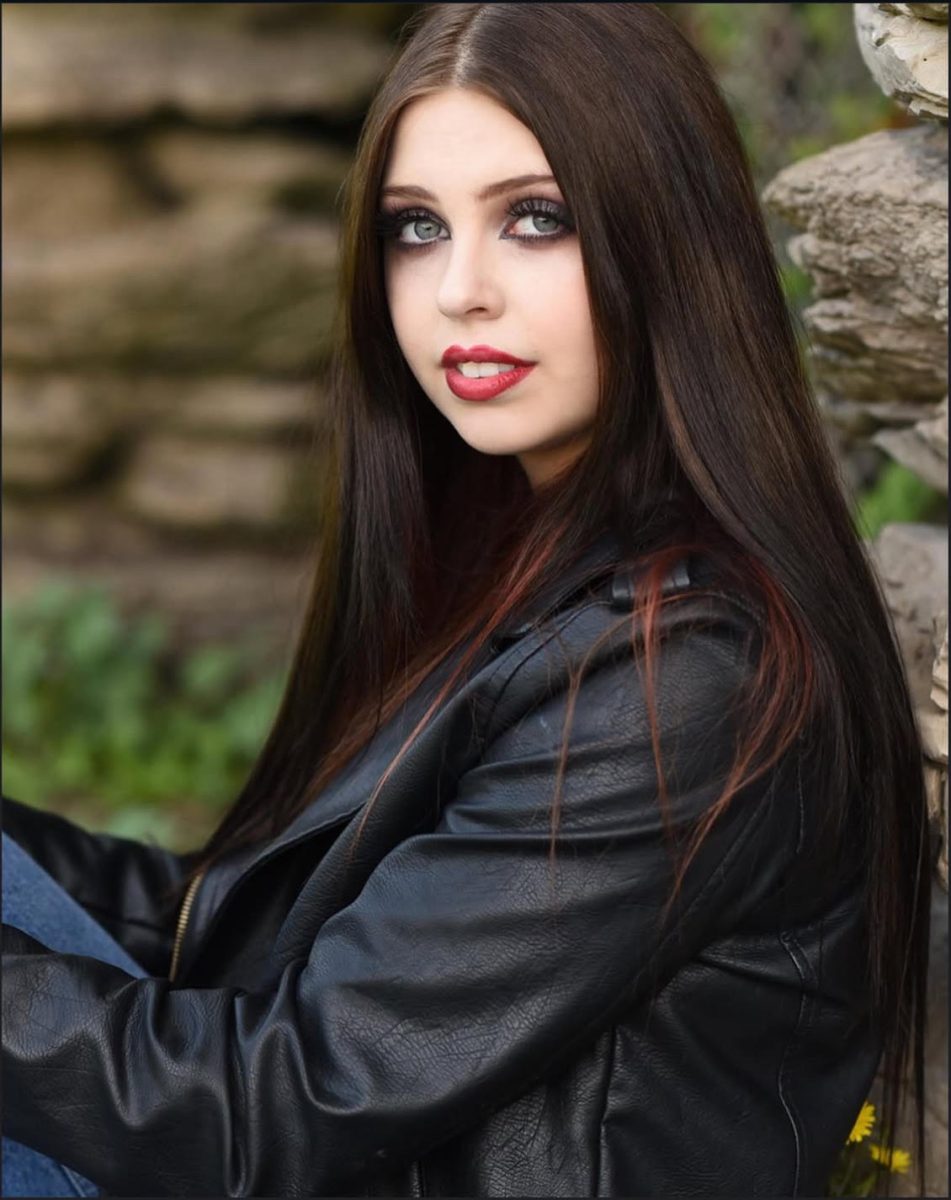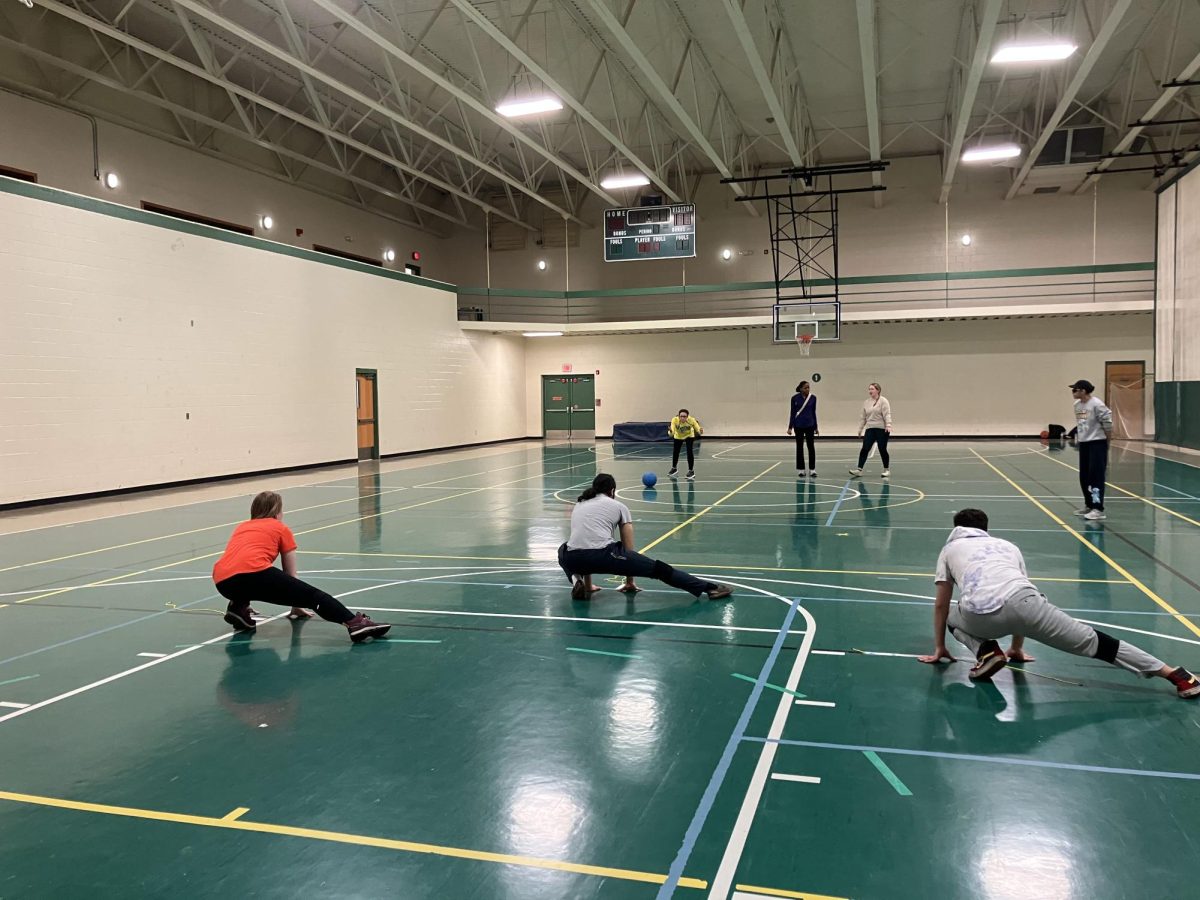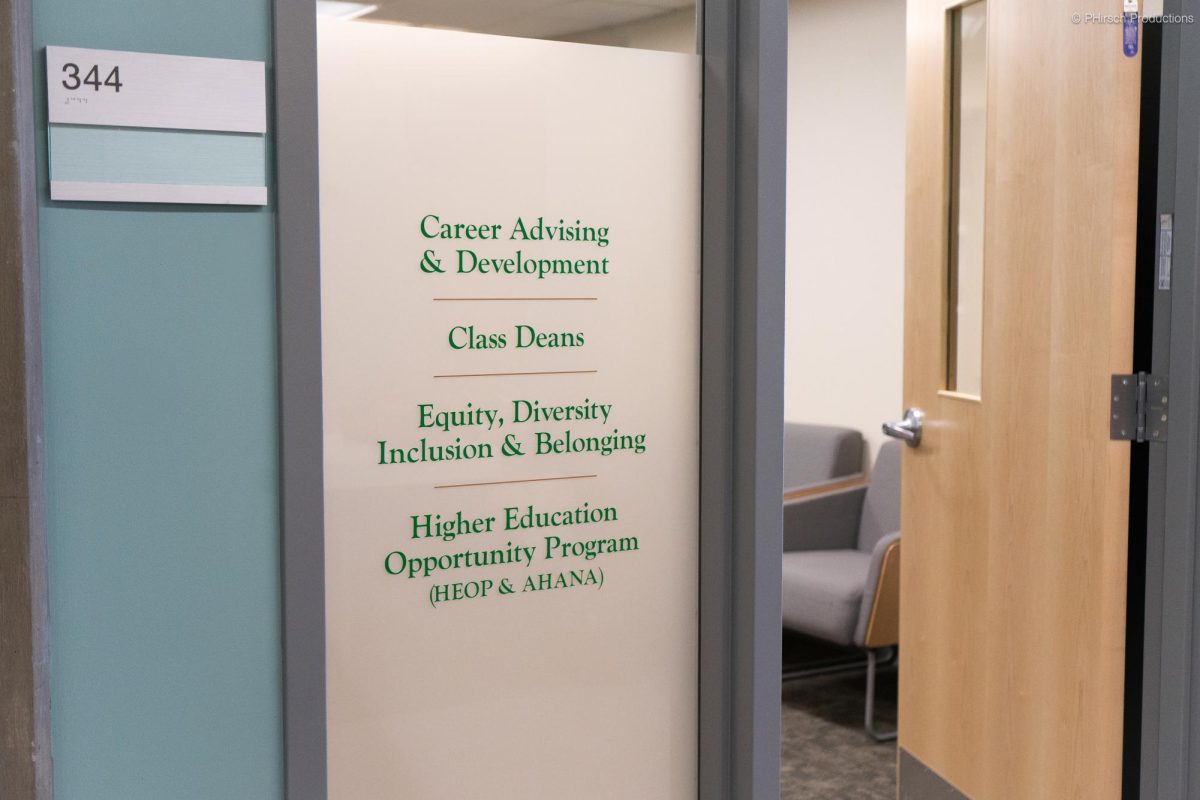On April 8, a Monday, a total solar eclipse will turn day to night in a matter of minutes in midafternoon above the Le Moyne College campus.
For the first time in basically a century – and for the first time ever at Le Moyne, founded in 1946 – such an eclipse will be visible in Central New York.
The sky will grow so dark, astronomical experts say, that planets will emerge in what looks an evening sky. Segments of piercing light will appear around the corona of the darkened sun. Confused animals will react as if the night’s arrived far too early.
Hundreds of thousands of people from around the world, if not more, will converge on Western and Central New York to see this once in a lifetime phenomenon.
“It’s just amazing. It’s hard to describe,” said Michael Humphrey, president of the Buffalo Astronomical Association, who paid a Zoom visit recently to a Le Moyne communications class – and said the eclipse becomes even more pronounced as you move closer to the center line, which runs directly through Buffalo.
While Le Moyne is not on the absolute center line, the college still falls within the “path of totality” – a 100-mile-wide stripe from Mexico to Maine in which the full eclipse will be visible. Totality – meaning the sun is completely eclipsed by the moon – will occur around 3:20 p.m. on April 8 in Syracuse, and will last about a minute.
In a question of particular interest to students hoping to witness the moment, classes will not be canceled – but faculty will be “encouraged” to somehow incorporate the historic eclipse into their lesson plans for that day, according to Joseph Della Posta, college communications director.
Additionally, the school will offer at least four events celebrating the unprecedented day. There will be a noon picnic at which special eclipse glasses will be distributed, because of the risk to the human eyes if one observes the eclipse without proper eye protection.
Another event will feature Jason Luscier, associate professor of biological and environmental sciences, leading a walk through a wooded area to see how animals in the wild will react to the eclipse. The eclipse itself will be followed by a 5 p.m. lecture by a physics professor from Syracuse University, offering addition explanation of the phenomenon just witnessed at campus.
Finally, at the picnic, students in dance choreography will present short dances based on research involving the connection between dance and solar eclipses, according to a student from the choreography class.
This piece was researched and written by students from Communications 374-01, a newswriting class: Isabella Allen, Corinne Becker, Camille Chun, Aidan Clark, La Quida Cummings, Payton Hirsch, Annie Hubert, Jonathan Marks, Legende McGrath, Aidan Mingoia, Stephen Moore, Nicholas Nevins, Carly Nicolai, Joseph Pezzimenti, Stephen Riale, Claire Rickett, Kamilla Shahzad, Steele Williams and Mary Anne Winfield.






